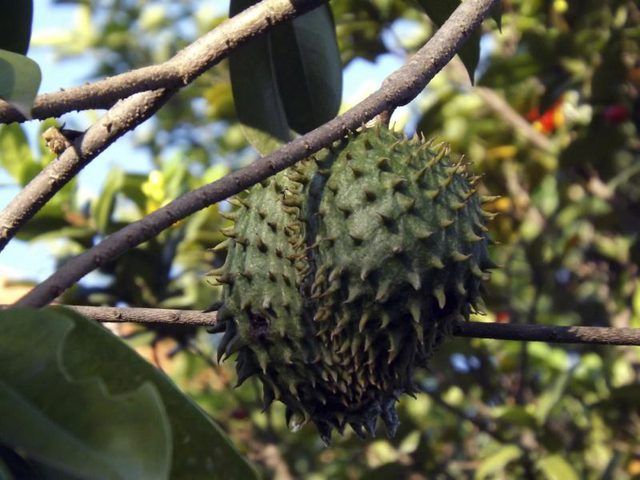Bulbs
Flower Basics
Flower Beds & Specialty Gardens
Flower Garden
Garden Furniture
Garden Gnomes
Garden Seeds
Garden Sheds
Garden Statues
Garden Tools & Supplies
Gardening Basics
Green & Organic
Groundcovers & Vines
Growing Annuals
Growing Basil
Growing Beans
Growing Berries
Growing Blueberries
Growing Cactus
Growing Corn
Growing Cotton
Growing Edibles
Growing Flowers
Growing Garlic
Growing Grapes
Growing Grass
Growing Herbs
Growing Jasmine
Growing Mint
Growing Mushrooms
Orchids
Growing Peanuts
Growing Perennials
Growing Plants
Growing Rosemary
Growing Roses
Growing Strawberries
Growing Sunflowers
Growing Thyme
Growing Tomatoes
Growing Tulips
Growing Vegetables
Herb Basics
Herb Garden
Indoor Growing
Landscaping Basics
Landscaping Patios
Landscaping Plants
Landscaping Shrubs
Landscaping Trees
Landscaping Walks & Pathways
Lawn Basics
Lawn Maintenance
Lawn Mowers
Lawn Ornaments
Lawn Planting
Lawn Tools
Outdoor Growing
Overall Landscape Planning
Pests, Weeds & Problems
Plant Basics
Rock Garden
Rose Garden
Shrubs
Soil
Specialty Gardens
Trees
Vegetable Garden
Yard Maintenance
How to Grow Graviola
How to Grow Graviola. Graviola tree (Annona muricata) grows in frost-free, tropical areas, but can survive in subtropical U.S. Department of Agriculture plant hardiness zones 10 through 11 if temperatures never drop below freezing. The tree produces large, soft-spined fruits with a sour flavor, and it is sometimes called soursop tree. The bark...

Graviola tree (Annona muricata) grows in frost-free, tropical areas, but can survive in subtropical U.S. Department of Agriculture plant hardiness zones 10 through 11 if temperatures never drop below freezing. The tree produces large, soft-spined fruits with a sour flavor, and it is sometimes called soursop tree. The bark and seeds are toxic if eaten, and they can also cause eye irritation, so wear gloves and use caution when tending the tree.
The Right Location
Well-drained, sandy soil with a pH between 5 and 6.5 results in the healthiest growth, but graviola can tolerate most soils as long as they drain well. Graviola isn't salt tolerant, so avoid growing in beds exposed to salt spray from the ocean or with heavy soil salt content. The tree does best in full sun, but can tolerate partial sun. Branches easily break in high winds, so grow graviola in a protected area. Graviola is a narrow tree, so it only needs to be 8 feet away from other trees.
Quenching the Thirst
A graviola tree needs high humidity and consistent soil moisture, making it best suited to tropical and subtropical climates. Dry soil or drought conditions cause premature leaf drop. Graviola has shallow roots, so weed around the tree regularly to reduce competition for water and nutrients. Covering the root zone, which stretches from the trunk to the edge of the branch canopy, with a 2- to 4-inch layer of mulch suppresses weeds and conserves moisture. Leave a 4-inch space between the mulch and the trunk. Graviola requires moderate watering. Water deeply so the root zone is thoroughly soaked every 14 days if it hasn't rained significantly. If the graviola begins to drop leaves, water more frequently.
Fertilize Regularly
Regular fertilizer applications result in healthy growth and fruiting. Fertilize graviola every three months in spring, summer, fall and winter. Use a balanced 10-10-10 granular fertilizer, sprinkling it over the root zone evenly and then watering it in after application. Apply 1/2 pound per tree during the first year and 1 pound in the second year. From the third year forward, apply 3 pounds per year. Divide the necessary fertilizer amount among the four annual applications.
A Cut Above
Although not necessary, pruning in the first year right after planting can create a more attractive form. Disinfect shears and pruning saws by wiping them with an isopropyl alcohol-soaked cloth before cutting. Remove any low branches or suckers around the main trunk to train the tree to a single trunk. You can also cut out crossed or rubbing branches to help open up the canopy. Make cuts flush to a larger branch or the trunk. Further pruning isn't usually necessary, although you can remove dead or damaged branches at any time. Cut the ripe fruit from the stems with disinfected pruning shears when fruits lighten from dark green to yellow-green. The fruits fully ripen within four to five days after harvest.
A Few Concerns
Many diseases and insects may attack graviola, but generally they do not cause enough damage to to become a problem. Consistent watering and fertilizer applications, along with growing in the right conditions, keep the tree vigorous enough to prevent serious diseases or pest infestations. Anthracnose and brown stem rot can cause fruits, flowers leaves or stems to rot and shrivel, especially during times of high humidity. Cleaning up fallen leaves and cutting out dead and damaged wood at the end of the dry season prevents these diseases. Scale insects and fruit flies may also plague graviola trees, but rarely in numbers that require you to take action. If fruit flies are especially bad around ripening fruit, tie cloth bags around developing fruits to protect them.